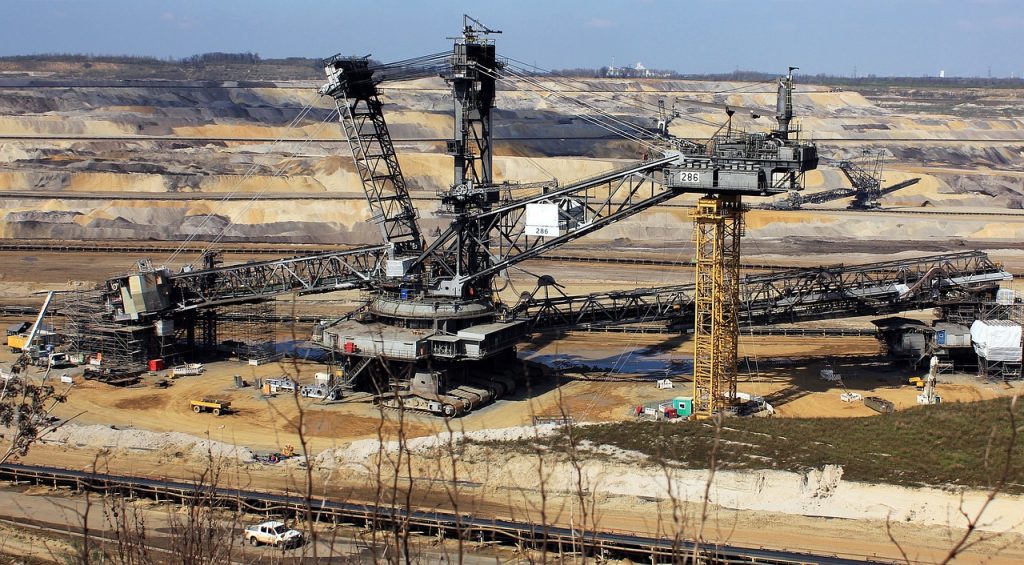Half of the world’s coal methane emissions originate in the Chinese province of Shanxi
(Sustainabilityenvironment.com) – Coal mines produce more methane emissions than both oil and gas extraction. And they are much more than the International Energy Agency (IEA) and the American Environmental Protection Agency (EPA) have estimated so far. There are 52 million tons of CH4 emitted by coal each year. More than 39 million tons of oil. And even more than gas, which reaches 45 million t a year.
The weight of methane emissions
How much does this volume of methane emissions weigh on the climate? CH4 is a gas with a climate-altering power 82.5 times higher than that of CO2 in the first 20 years in which it remains in the atmosphere. Weighted over 20 years, they are equivalent to 4.320 mln t CO2, while if the impact is measured over 100 years it is reduced to 1.560 mln t CO2. In essence, these 52 million t per year have a climate impact of just over that of carbon dioxide emitted in a year by all the coal-fired power plants in China today.
China is the largest producer of CH4 from coal. In fact, in the province of Shanxi alone methane emissions from coal coalfields reach 13.1 million tonnes, practically like those of the rest of the world combined (13.8 million tonnes).
Understated data
The data comes from Global Energy Monitor, which recalculated the methane emission volumes for the main fossil fuels in the report “Bigger than Oil and Gas? Sizing Up Coal Mine Methane“. The methodology is based on a tool of the NGO, the Global Coal Mine Tracker, and the MC2M (Model for Calculating Coal Mine Methane), a scientific model developed by some public and private American institutions, including the EPA.
The result? It confirms what the new satellite measurements of recent months say: so far the methane emissions declared by States in national inventories have been underestimated.
A double problem. On the one hand, these data guide state policies and objectives, which are therefore too bland. On the other hand, national inventories are the database on which the IPCC is based to develop the emissive scenarios. If they are in default, the time available before exceeding the Paris Agreement is less than expected.
“To stay in line with the IEA’s 2030 Net Zero roadmap, methane emissions from coal mines must decrease by 11% each year until 2030,” the report says. “A reduction of this magnitude requires proactive planning and careful control in climate governance, including targeted mitigation plans and closures, and a faster phase-out of coal production“. On the contrary, there are still dozens of plans for new coal mines to be opened. If they all went into production, calculate the ratio, methane emissions would increase by 21.6%.

